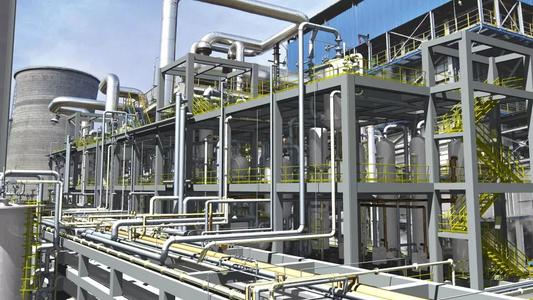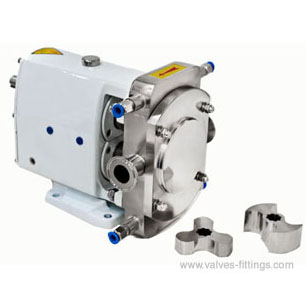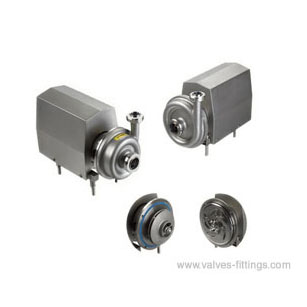Sanitary Pump Overview

A pump is a device that moves fluids by mechanical action. Pumps can be classified into three major groups according to the method they use to move the fluid: direct lift, displacement, and gravity pumps. Pumps operate by some mechanism and consume energy to perform mechanical work by moving the fluid.
Pumps run through many energy sources, including manual operation, electricity, motors, or wind power, and are available in many sizes, from microscopic for use in medical applications to large pumps industrial.
Mechanical pumps serve in a wide range of applications such as pumping water from wells, aquarium filtering, pond filtering, and aeration, in the car industry for water-cooling and fuel injection, in the energy industry for pumping oil and natural gas or for operating cooling towers. In the medical industry, pumps are used for biochemical processes in developing and manufacturing medicine, and as artificial replacements for body parts, in particular the artificial heart and penile prosthesis. When used in fields requiring high health levels, the pumps are generally called sanitary pumps.
Single-stage pump refers to a casing containing only one revolving impeller. The double or multi-stage pump then means a casing contains two or more revolving impellers. In biology, many different types of chemical and bio-mechanical pumps have evolved, and biomimicry is sometimes used in developing new types of mechanical pumps.






